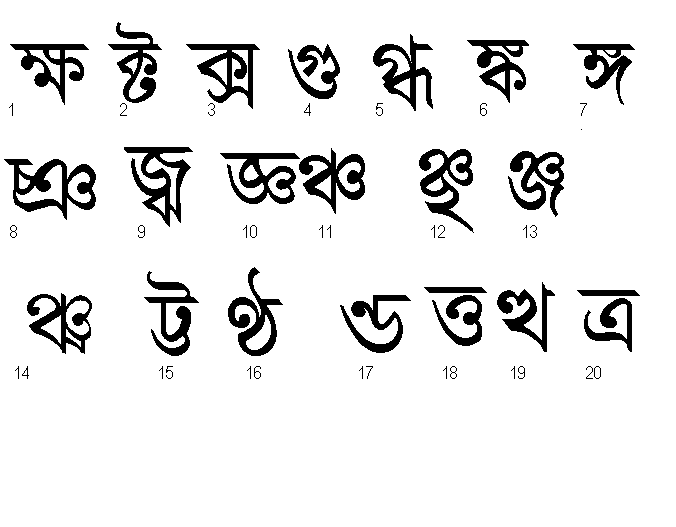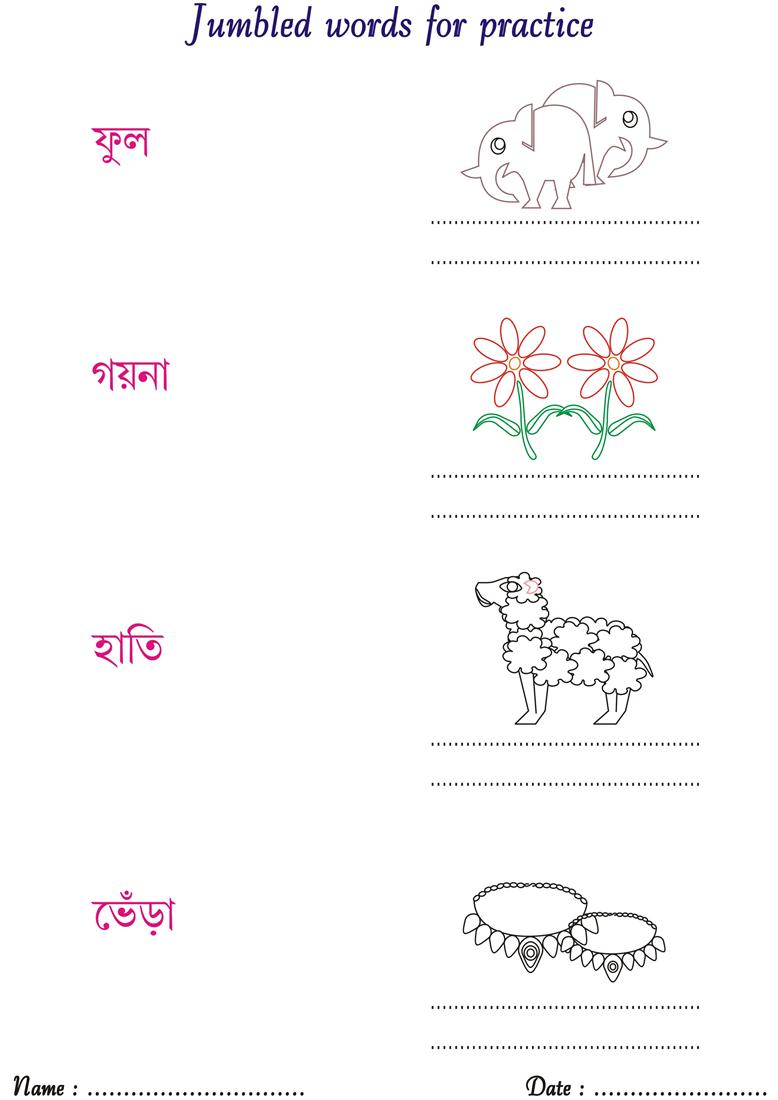

In addition to differences in how the letters are pronounced in the different languages, there are some typographical differences between the version of the script used for Assamese and Bishnupriya Manipuri as well as Maithili languages, and that used for Bengali and other languages. Both Eastern Nagari and Devanagari were derived from the ancient Nagari script. The Bengali script evolved from the Eastern Nagari script, which belongs to the Brahmic family of scripts, along with the Devanagari and other written systems of the Indian subcontinent. 11.1 Article 1 of the Universal Declaration of Human Rights.5.1 Redundant graphemes for the vowel sounds and.4.5 Characteristics of the orthographic word.

3.3.7 Exceptional consonant-vowel combinations.The Bengali script is, however, less blocky and presents a more sinuously shaped. It is recognizable by a distinctive horizontal line running along the tops of the letters that links them together, a property it shares with two other popular Indian scripts: Devanagari (used for Hindi, Marathi and Nepali) and Gurumukhi (used for Punjabi). It is written from left to right and lacks distinct letter cases. its vowel graphemes are mainly realized not as independent letters, but as diacritics attached to its consonant letters. From a classificatory point of view, the Bengali script is an abugida, i.e. Historically, the script has also been used to write the Sanskrit language in the same region. All these languages are spoken in the eastern region of South Asia. The script with variations is used for Assamese and is basis for Meitei, Bishnupriya Manipuri, Kokborok, Garo and Mundari alphabets. You saw how a letter is written and might be pronounced, but there is nothing better than hearing the sound of the letters in a video or audio.The Bengali alphabet ( Bengali: বাংলা লিপি bangla lipi or Bengali: বঙ্গলিপি bônggolipi) is the writing system for the Bengali language. ষ Sound of ‘sh’ when the tongue touches the roots of the teeth ফ Sound of ‘f’ if pronounced with closed lips ধ sound produced by coupling soft ‘d’ and ‘h’= ‘dh’ ণ Nasal sound when the tongue touches a bit away from teeth ঞ Just like ‘gn’ of gnome with a slight up movement of tongue ঝ This is produced using the naval sounds while the tongue touches the upper part of mouth cavity

The better you pronounce a letter in a word, the more understood you will be in speaking the Bengali language.īelow is a table showing the Bengali alphabet and how it is pronounced in English, and finally examples of how those letters would sound if you place them in a word. Without it, you will not be able to say words properly even if you know how to write those words.

Learning the Bengali alphabet is very important because its structure is used in every day conversation.


 0 kommentar(er)
0 kommentar(er)
